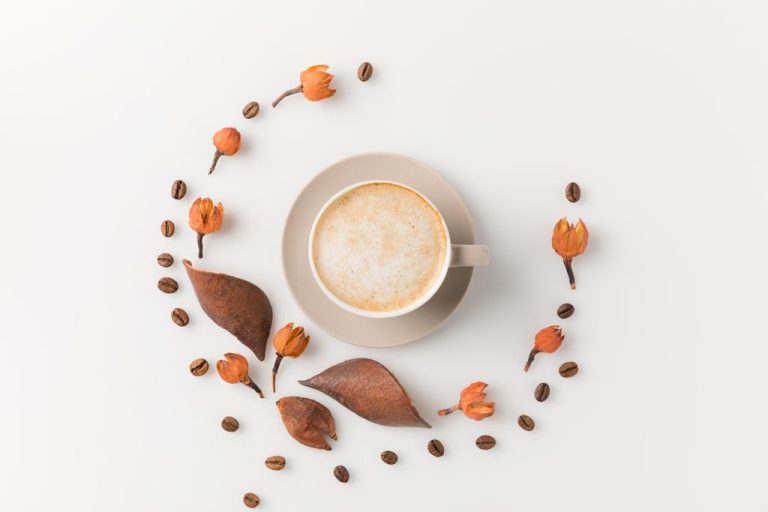Do you like to order cappuccino in the café and would you like to prepare this coffee variation at home? No problem: we will show you step by step how to prepare a cappuccino.

Where does the cappuccino come from?
Anyone who thinks that cappuccino is a purely Italian coffee specialty is wrong. The origins of the drink are in Austria. The cappuccino as we know it today came from a Viennese coffee speciality, the so-called “Kapuziner”. This consists of mocha and liquid whipped cream. The “Capuchin” owes its name to the typical light brown colour, which is reminiscent of the habit of the Capuchin monks. In German, the related word “cappuccio” means hood or haupe, which can be associated with the monk’s habit. During World War I, Austrian soldiers brought their specialty to Italy. Here the “Capuchin” was further developed and refined into the “Cappuccino”. The name “Cappuccino” is derived from the name of the original drink “Kapuziner”. Today, the Italian version of the cappuccino is usually served in cafés around the world.
When is cappuccino drunk?
In Italy, cappuccino is usually drunk at breakfast. Italians like to dip hard pastries such as rusks or cantuccini into their drink. In this country, the coffee specialty is drunk throughout the day. For example, at the start of the day, but also in the afternoon with coffee and cake.
How is a cappuccino prepared?
Like a latte macchiato, cappuccino only needs two ingredients, but in comparison it is a little more skilful when it comes to the figures in the foam. But read more here.
Ingredients needed for a cappuccino:
An espresso
150 ml milk (alternative)
Step 1:
Prepare an espresso and pour it into a thick-walled cup with a capacity of around 200 ml. You will get the best result if the cup is preheated.
Step 2:
Froth about 150ml of milk with a milk frother and warm it up. Be careful with the temperature: it must not exceed 60 degrees. Otherwise the foam falls apart and the creamy consistency is lost. The milk froth is ready when the volume has roughly doubled. The number of calories in a cappuccino depends on the fat content of the milk used. Therefore, a cappuccino can have anywhere from 70 to 150 calories.
Step 3:
Pour the milk into the cup with the espresso shortly after frothing. With the right speed and technique when pouring, artistic images can be conjured up in the rising crema of the espresso. Find out more about this in the text.

